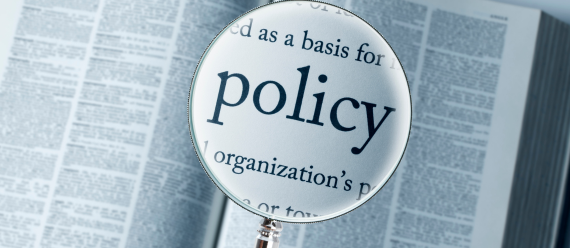Starting in 2025, the new overtime tax deduction allows eligible workers to deduct the overtime premium portion of pay from federal taxable income—up to $12,500 ($25,000 if married filing jointly), with phase‑outs beginning at $150,000/$300,000 MAGI. Employers should furnish totals for 2025 (e.g., W‑2 Box 14 or a statement), and a new W‑2 Box 12 code “TT” is slated for 2026 filings. See IRS guidance under the One Big Beautiful Bill Act provisions.
What changed—and why it matters
The new overtime tax deduction, part of the One Big Beautiful Bill Act, lets qualifying overtime be deducted for tax years 2025 through 2028. It targets the extra “half” in time‑and‑a‑half pay required by the Fair Labor Standards Act (FLSA) and is designed to reduce taxes for non‑exempt workers.
Eligibility at a glance
- Years covered: 2025–2028 | Annual caps: $12,500 single / $25,000 joint | Phase‑out: $150,000 MAGI single / $300,000 joint
• Non‑exempt workers with FLSA‑required overtime (the premium above the regular rate) may qualify.
• Joint filing required if married; Social Security number must be on the return.
How the deduction works
Only the premium portion of overtime (the “half” in time‑and‑a‑half) is deductible. You must receive a W‑2/1099 or specified statement showing the total qualified overtime for the year—self‑computed estimates from pay stubs aren’t allowed.
Reporting: 2025 vs. 2026
- Tax year 2025 (transition): Employers should provide the total qualified overtime (for example, in W‑2 Box 14 or a separate statement) so employees can claim the deduction on Schedule 1‑A (Form 1040).
• Tax year 2026 forms (draft): Draft W‑2 adds Box 12 code “TT” to report qualified overtime; watch for final IRS instructions. See the IRS draft tax forms portal for updates.
Employer checklist (now → year‑end)
- Enable payroll tracking for the qualified overtime premium.
• Decide how you’ll furnish totals for 2025 (e.g., W‑2 Box 14 or a year‑end statement).
• Coordinate with payroll to support the draft 2026 W‑2 code “TT” and any final instruction changes.
• Set internal deadlines to compile and verify year‑end totals.
Employee tips (at tax time)
- Use the qualified overtime total furnished on your W‑2/statement.
• Remember the annual caps and phase‑out thresholds.
• Married? File jointly to claim.
• Keep the employer’s statement with your records.
Quick example
If your regular rate is $20/hour and you worked 200 overtime hours at $30/hour, the deductible portion is the extra $10 (“half”) × 200 = $2,000—subject to the annual cap and income phase‑outs. See FLSA overtime basics.
Documentation matters
The IRS emphasizes accurate reporting. For 2025, rely on the totals furnished by your employer (W‑2 Box 14 or similar). For 2026+, look for Box 12 code “TT.” Employers should retain payroll details supporting the totals, and employees should keep year‑end statements with their returns.
How Archer Lewis can help
We can help you translate these new overtime rules into clear, workable steps—so they don’t get lost in the shuffle of year-end payroll and tax season. For employers, we can review your current payroll setup, help you identify exactly what counts as the FLSA overtime “premium,” and work with your payroll provider to track it correctly for 2025–2028. We’ll also help you decide how to furnish totals to employees (W-2 Box 14, separate statement, or both), and prepare internal guidance so HR, payroll, and finance are all aligned before forms go out.
On the employee side, we can help eligible workers and business owners who receive W-2 pay understand how the new deduction fits into their bigger tax picture. That includes modeling how much benefit the overtime deduction may provide under different income levels, watching for the phase-outs at higher MAGI, and making sure the deduction is properly reported on Schedule 1-A when you file. If you’re married, we can also walk you through how the joint filing requirement interacts with other planning decisions.
If you’re unsure whether your overtime tracking will meet IRS expectations—or you just want a second set of eyes on your forms and statements—your Archer Lewis advisor is here to help. We’ll coordinate with your payroll systems, monitor evolving IRS guidance (including the final W-2 “TT” instructions), and integrate this deduction with the rest of your planning under the One Big Beautiful Bill Act. That way, your team can focus on running the business, while we help you capture every dollar you’re entitled to under the new rules.









